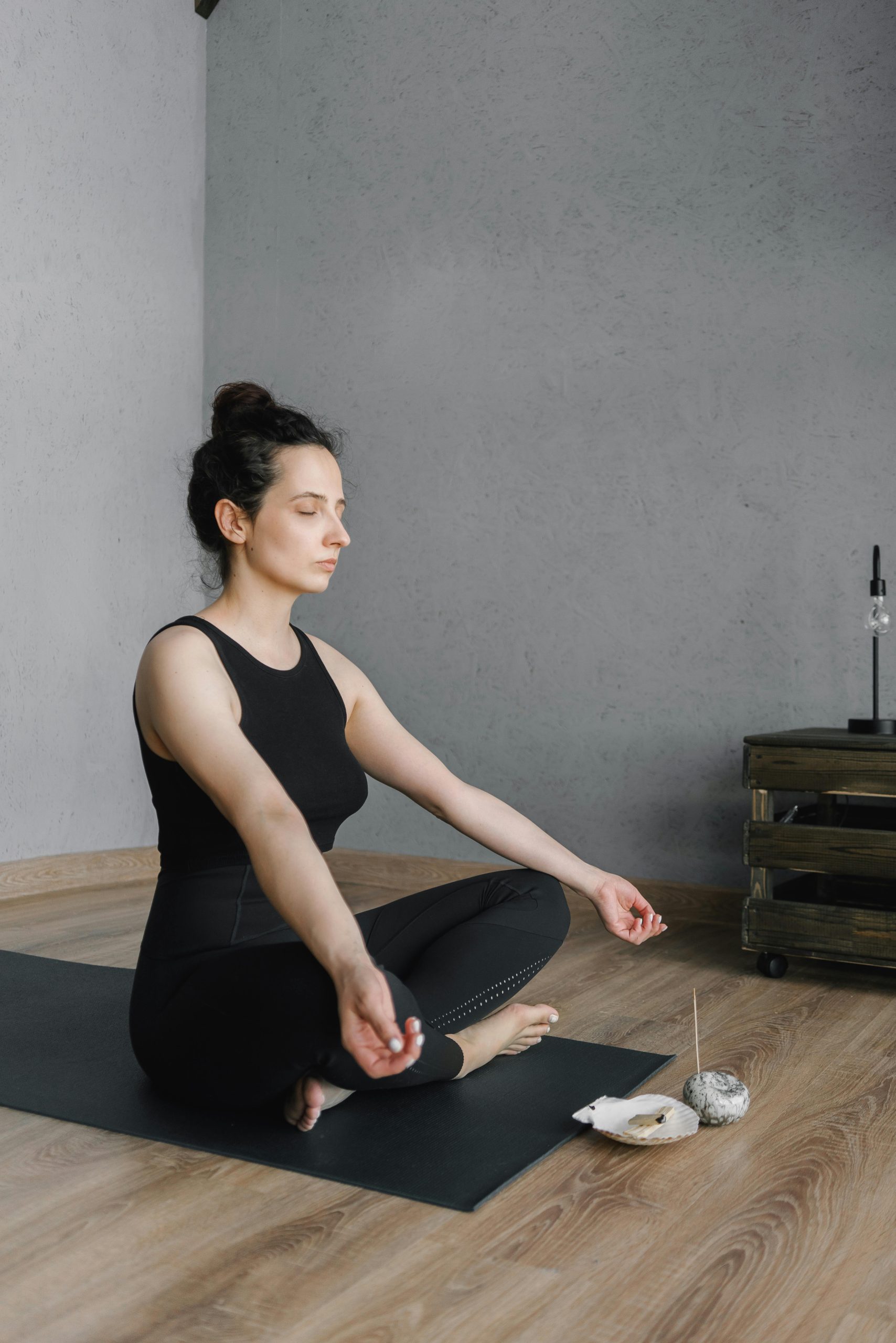Anxiety and poor sleep are common struggles in today’s fast-paced world, but simple breathing exercises can offer powerful relief. By focusing on your breath, you activate the body’s relaxation response, lowering stress hormones and promoting calm. These techniques are easy to learn, require no special equipment, and can be done anywhere—making them a natural solution for better mental health and restful sleep. Below, we explore five effective breathing exercises to help you unwind and drift off peacefully.
1. Diaphragmatic Breathing (Belly Breathing)
Diaphragmatic breathing, or belly breathing, is a foundational technique that engages the diaphragm to promote deep relaxation. This method slows the heart rate and reduces blood pressure, making it ideal for anxiety relief and sleep preparation.
How to Practice:
- Sit or lie down comfortably, placing one hand on your chest and the other on your belly.
- Inhale slowly through your nose, letting your belly rise while keeping your chest still.
- Exhale gently through pursed lips, feeling your belly fall.
- Repeat for 5-10 minutes, focusing on the rise and fall of your abdomen.
Tip: Practice this before bed to signal your body that it’s time to rest.
2. 4-7-8 Breathing Technique
Developed by Dr. Andrew Weil, the 4-7-8 technique is a rhythmic exercise that calms the nervous system. It’s particularly effective for racing thoughts and insomnia.
How to Practice:
- Sit with your back straight or lie down in bed.
- Inhale quietly through your nose for 4 seconds.
- Hold your breath for 7 seconds.
- Exhale completely through your mouth for 8 seconds, making a whooshing sound.
- Repeat the cycle 4-5 times.
Note: If holding your breath feels uncomfortable, adjust the timing while keeping the ratio (e.g., 2-3.5-4 seconds).
3. Box Breathing (Square Breathing)
Box breathing is a favorite among athletes and military personnel for its ability to enhance focus and reduce stress. Its structured pattern makes it easy to remember and practice.
How to Practice:
- Inhale through your nose for 4 seconds.
- Hold your breath for 4 seconds.
- Exhale through your mouth for 4 seconds.
- Hold your breath again for 4 seconds.
- Repeat for 5-10 rounds.
Bonus: Visualize drawing a box with each step to deepen concentration.
4. Alternate Nostril Breathing (Nadi Shodhana)
Rooted in yoga, alternate nostril breathing balances the left and right hemispheres of the brain, fostering emotional equilibrium and mental clarity.
How to Practice:
- Sit comfortably and use your right thumb to close your right nostril.
- Inhale deeply through your left nostril.
- Close your left nostril with your ring finger, then exhale through the right.
- Inhale through the right nostril, close it, and exhale through the left.
- Continue alternating for 5-10 cycles.
Tip: This exercise is perfect for midday stress or pre-bedtime relaxation.
5. Progressive Relaxation Breathing
Combining breathwork with muscle relaxation, this technique releases physical tension—a common barrier to sleep.
How to Practice:
- Lie down and take a few deep breaths to center yourself.
- As you inhale, tense a muscle group (e.g., your feet).
- Exhale fully, releasing the tension.
- Move upward, tensing and relaxing each muscle group (legs, abdomen, arms, etc.).
- Finish with 5 minutes of slow, even breathing.
Why it works: Physical relaxation cues the mind to follow suit, easing anxiety and improving sleep quality.
Conclusion
Breathing exercises are a simple yet profound way to combat anxiety and enhance sleep naturally. Whether you choose diaphragmatic breathing, the 4-7-8 method, or another technique, consistency is key. Aim to practice daily, especially during stressful moments or before bedtime. Over time, these exercises can rewire your stress response, leaving you calmer, more focused, and better rested. Start tonight—your mind and body will thank you.
